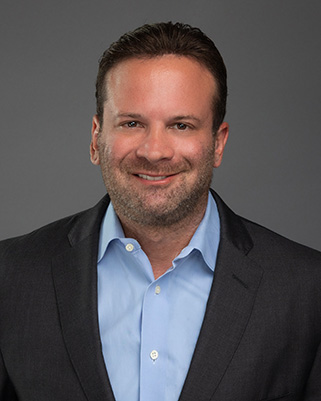What do you think about this concept as presented in a 2016 article about corporate economics? “In ancient China, it’s been said, people paid their doctors retainer fees for staying healthy. If a person got sick, the payments would be suspended until the doctor brought a patient back to health.”
This ancient idea, of course, was to provide incentives for doctors to focus on preventing illness rather than having to treat it. The problem is that illness can’t be prevented altogether. Some sickness will still occur, and in today’s world we reward the doctor who cures the disease. However, sometimes the treatment is more heavy-handed than the sickness warrants. This is called overtreatment.
The National Cancer Institute’s definition of overtreatment reads, “Unnecessary treatment for a condition that is not life-threatening or would never cause any symptoms. Overtreatment may lead to problems and harmful side effects. Overtreatment can be a result of overdiagnosis, which occurs when a cancer screening test finds a lesion that would have gone away on its own or not caused problems.”
An April 2025 published study reveals that during the past two decades, surgical overtreatment of insignificant prostate cancer (PCa) has been declining. The authors use the Grade Group system to identify “insignificant” as Grade Group 1 (GG1). Their evidence for the drop in prostatectomy for GG1 PCa comes from two medical databases, one nationwide and one statewide, totaling nearly 186,000 prostatectomies from 2012-2024. All records included the Gleason grade of each removed prostate gland, which the authors used to assign Grade Group.
They tallied the number of GG1 lab reports. They found that in the national database, the proportion of GG1 prostatectomies decreased from 32.4% to 7.8% between 2010 and 2020. In the statewide database, the proportion dropped from 20.7% to 2.7% between 2012 and 2024.[i] Why did this occur? The authors attribute it to three factors: a) better diagnostic pathways such as multiparametric MRI before biopsy, MRI-guided targeted biopsy if imaging reveals a lesion, and genomic analysis as indicated; b) better adherence to active surveillance protocols (again, three cheers for MRI’s role in this); and professional efforts to “minimize unnecessary surgical intervention in patients diagnosed with clinically insignificant prostate cancer.”[ii]
While experts continue to debate whether GG1 is truly insignificant—that is, considered very low risk and possibly unlikely to become life-threatening—there is certainly professional
agreement that such patients should not be rushed into radical surgery at the price of harming their quality of life due to incontinence and impotence risks. Instead, GG1 patients are now recommended for Active Surveillance (AS). In fact, national statistics show an increase in the use of AS at the same time as surgery for these patients is diminishing. However, a strict AS monitoring protocol is not for everyone.
Focal therapy
There are two aspects of AS that many patients find unappealing:
- While it’s true that the combination of scheduled PSA blood tests and multiparametric MRI reduce the number of monitoring biopsies, some patients simply experience worry and anxiety over the idea of living cancer in their body potentially growing and becoming worse.
- Then, if the monitoring protocol reveals an uptick in PCa activity, the patient is likely to be advised to have radical surgery or radiation—with the same ultimate risks regarding their quality of life. In other words, they bought time, but end up with surgery anyway.
A 2021 article in Cancer Network explains:
In the past decade, active surveillance (AS) has increased for low- and very low-risk PCa, which has reduced overtreatment and [side effects] of definitive treatment. However, as noted in the PROTECT trial, approximately 50% of AS patients will ultimately require treatment due to disease progression. Additionally, some patients will progress to the nonlocalized disease stages during the surveillance period and miss the opportunity for a cancer cure.
Contrast that 50% need-to-treat rate with this 2025 published finding gathered from 50 studies including 4615 focal therapy patients, including low-to-intermediate risk PCa cases. Although these were not long-term studies, the average recurrence-free rates were 86% at 12 months, and 81% at 24 months. Naturally, monitoring for recurrence continues after focal therapy just as it does for whole-gland therapy, but recurrence-free at 24 months increases confidence in the success rate of focal therapy—meaning patients do not have to walk around feeling anxious that cancer is living in their body.
Each year at the Sperling Prostate Center, we provide Focal Laser Ablation or TULSA for patients whom we have diligently qualified for a focal approach. Focal therapy is a validated way to stop overtreatment before it happens. Contact us for more information.
NOTE: This content is solely for purposes of information and does not substitute for diagnostic or medical advice. Talk to your doctor if you are experiencing pelvic pain, or have any other health concerns or questions of a personal medical nature.
References
[i] Monda SM, Demus T, Jaime-Casas S, Meah S et al. Trends in Surgical Overtreatment of Prostate Cancer. JAMA Oncol. 2025 Apr 28:e250963.
[ii] Ibid.


